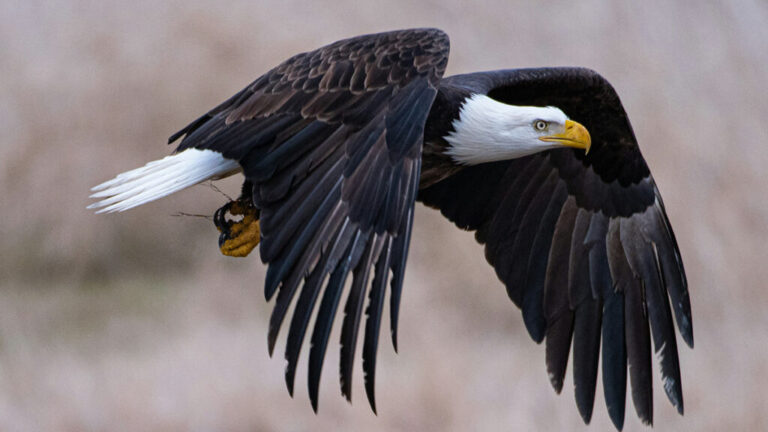Introduction
The Hancock Bird is a name that often conjures up images of a majestic and enigmatic creature. While many might not be familiar with the specifics of this Is hancock a bird, its significance stretches across both natural and cultural landscapes. Whether you’re an avid birdwatcher or someone with a keen interest in wildlife, the subject that’s bound to pique your curiosity. This article will explore the various aspects , from its behavior and diet to its symbolism in art and literature, as well as its role in conservation efforts.
Significance of Hancock Bird
The Hancock Bird is more than just a feathered creature; it’s a symbol of the intricate balance of nature. Known for its striking appearance and melodic songs, the has captivated the attention of ornithologists and nature enthusiasts alike. Its presence in various habitats signifies the health of the ecosystem, making it a critical species for environmental monitoring. The significance of the extends beyond the natural world, finding its way into cultural expressions and artistic representations.
Behavior and Diet
The behavior and diet of the Hancock Bird are key to understanding its role in the ecosystem. This bird is known for its adaptability and resilience, thriving in various environments, from dense forests to open grasslands. Its diet primarily consists of insects, seeds, and small invertebrates, making it an essential part of the food chain. Let’s delve into some specific aspects of the behavior.
1) Vibrant Colors
One of the most striking features of the Hancock Bird is its vibrant plumage. The bird’s feathers display a range of colors, from deep blues to bright yellows, making it a sight to behold. These colors are not just for show; they play a crucial role in the bird’s mating rituals and territorial displays. The vibrant colors of the also make it a popular subject for photographers and birdwatchers.
2) Beautiful Songs of Hancock Bird
The Hancock Bird is also known for its melodious songs. These songs are not only a means of communication but also serve as a way to establish territory and attract mates. The complexity and beauty of the songs have made it a favorite among birdwatchers and nature enthusiasts. These songs are often described as a harmonious blend of notes, creating a symphony that resonates through the forest.
3) Adaptable Nature
Adaptability is one of the key traits of the Hancock Bird. Whether it’s finding food in harsh conditions or adjusting to changes in its environment, the has proven to be incredibly resilient. This adaptability is one of the reasons why the has managed to survive in various habitats and climates. Its ability to thrive in diverse environments makes it a fascinating subject for study.
Hancock Bird Symbolism in Art and Literature
The Hancock Bird has found its way into art and literature, symbolizing various themes such as freedom, beauty, and resilience. In many cultures, the bird is seen as a messenger of the gods, bringing good fortune and wisdom to those who encounter it. Artists have been inspired by the vibrant colors and graceful movements, incorporating its image into paintings, sculptures, and literary works. The bird’s presence in art and literature serves as a reminder of the deep connection between humans and nature.
Conservation and Environment Awareness
The Hancock Bird plays a crucial role in conservation efforts. As a species that reflects the health of its environment, the often used as an indicator of ecological well-being. Conservationists have been working tirelessly to protect the bird’s natural habitat, ensuring that future generations can enjoy the beauty and diversity it brings to the ecosystem. Environmental awareness campaigns often feature the Hancock Bird, highlighting the importance of preserving natural habitats and protecting endangered species.
The Hancock Wildlife Foundation (HWF) Role
The Hancock Wildlife Foundation (HWF) has been instrumental in the conservation of the Hancock Bird. Through research, education, and advocacy, the HWF has raised awareness about the importance of protecting and its habitat. The foundation’s efforts have led to the establishment of protected areas where the bird can thrive without the threat of human encroachment. The HWF also works closely with local communities, encouraging sustainable practices that benefit both the environment and the people who depend on it.
Habitat Stewardship and Raptor Rehabilitation of Hancock Bird
Habitat stewardship is a key component of the conservation efforts for the Hancock Bird. By protecting and restoring the bird’s natural habitat, conservationists are helping to ensure the survival of the species. Raptor rehabilitation is another important aspect of these efforts. Injured or orphaned are taken into care, where they receive the necessary treatment and rehabilitation before being released back into the wild. These programs are vital for maintaining healthy populations of the Hancock Bird.
Overview of the Hancock Bird
The Hancock Bird is a species that continues to captivate the interest of both scientists and the general public. Its unique combination of vibrant colors, melodious songs, and adaptable nature makes it a fascinating subject for study. Despite the challenges it faces, the Is hancock a bird has shown remarkable resilience, thriving in a variety of environments and playing a crucial role in the ecosystem. Understanding the behavior, diet, and habitat is essential for appreciating its significance in the natural world.
Reproduction and Lifespan
The reproductive habits and lifespan of the are important factors in its survival. The bird typically breeds once a year, with the female laying a clutch of eggs in a carefully constructed nest. The incubation period lasts for several weeks, during which both parents take turns keeping the eggs warm. Once the chicks hatch, they are fed and cared for by both parents until they are ready to fledge. The average lifespan of a Hancock Bird is around 10 to 15 years, although some individuals have been known to live longer in captivity.
Conclusion
The Is hancock stands as a symbol of nature’s beauty and resilience. Its vibrant colors, melodious songs, and adaptable nature make it a subject of fascination for birdwatchers, artists, and conservationists alike.
